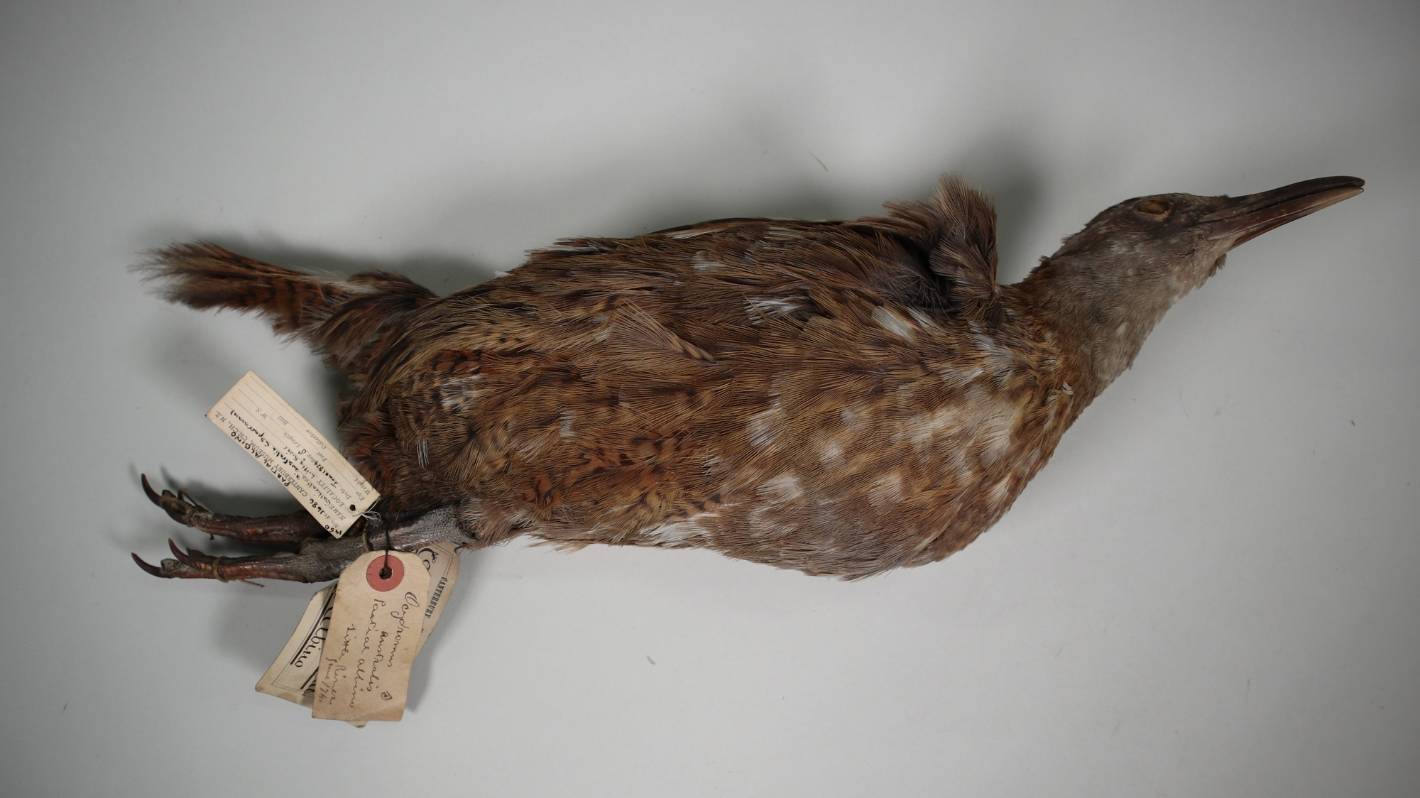
ALDEN WILLIAMS/STUFF The Press’s Buy the Hill campaign is in support of the Rod Donald Trust’s vision to buy Christchurch’s highest peak to secure public access and the regeneration of native forest. (First published May 26, 2021) The weka skin lies like a deflated feathery rugby ball in a storeroom at Canterbury Museum. The Victorian naturalist who collected it in 1874 was probably most interested in the unusual white spots on its feathers. But to the modern eye, perhaps the most interesting thing about this bird is the tag around its ankle recording where it was found: Little River on Banks Peninsula. Weka were last seen living wild on Banks Peninsula in the 1920s. They are one of around 50 bird species to have vanished from the peninsula in the 700 or 800 years since humans arrived. With the birds went lizards, insects, bats, fish and around 20 known plant species. Today, motorists driving the winding roads around the hills of the peninsula’s two main harbours, Whakaraupō (Lyttelton) and Akaroa, look out at mostly bare hillsides and wide skies. It’s easy to assume that this is how the landscape has always looked, but Hugh Wilson, botanist and kaitiaki at Hinewai…